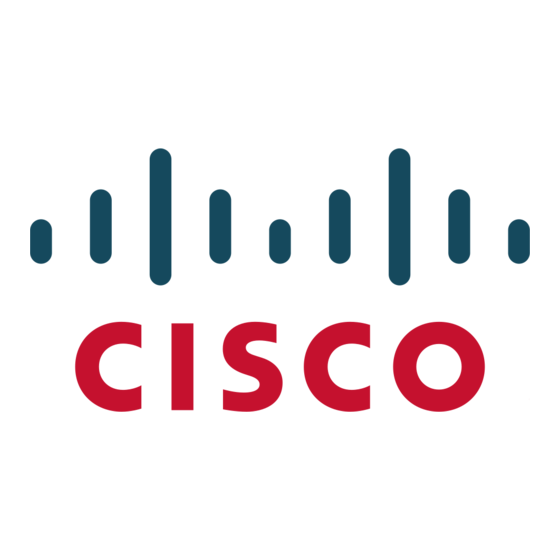Configure Dial Peers
Configure Dial Peers
The key point to understanding how Voice over IP functions is to understand dial peers. Each dial
peer defines the characteristics associated with a call leg, as shown in Figure 6 and Figure 7. A call
leg is a discrete segment of a call connection that lies between two points in the connection. All the
call legs for a particular connection have the same connection ID.
There are two different kinds of dial peers:
•
POTS—Dial peer describing the characteristics of a traditional telephony network connection.
POTS peers point to a particular voice port on a voice network device.
•
VoIP—Dial peer describing the characteristics of a packet network connection; in the case of
Voice over IP, this is an IP network. VoIP peers point to specific VoIP devices.
Four call legs make comprise and end-to-end call—two from the perspective of the source router as
shown in Figure 6, and two from the perspective of the destination router as shown in Figure 7. A
dial peer is associated with each one of these call legs. Dial peers are used to apply attributes to call
legs and to identify call origin and destination. Attributes applied to a call leg include QoS, CODEC,
VAD, and fax rate.
Figure 6
Figure 7
Destination
Inbound versus Outbound Dial Peers
Dial peers are used for both inbound and outbound call legs. It is important to remember that these
terms are defined from the router's perspective. An inbound call leg originates outside the router. An
outbound call leg originates from the router.
For inbound call legs, a dial peer might be associated to the calling number or the port designation.
Outbound call legs always have a dial peer associated with them. The destination pattern is used to
identify the outbound dial peer. The call is associated with the outbound dial peer at setup time.
VC-26
Voice, Video, and Home Applications Configuration Guide
Dial Peer Call Legs from the Perspective of the Source Router
Source
Source router
Call leg for POTS
dial peer 1
Dial Peer Call Legs from the Perspective of the Destination Router
IP cloud
Call leg for VoIP
dial peer 2
Call leg for VoIP
Call leg for POTS
dial peer 3
IP cloud
Destination router
Destination
dial peer 4
Source

